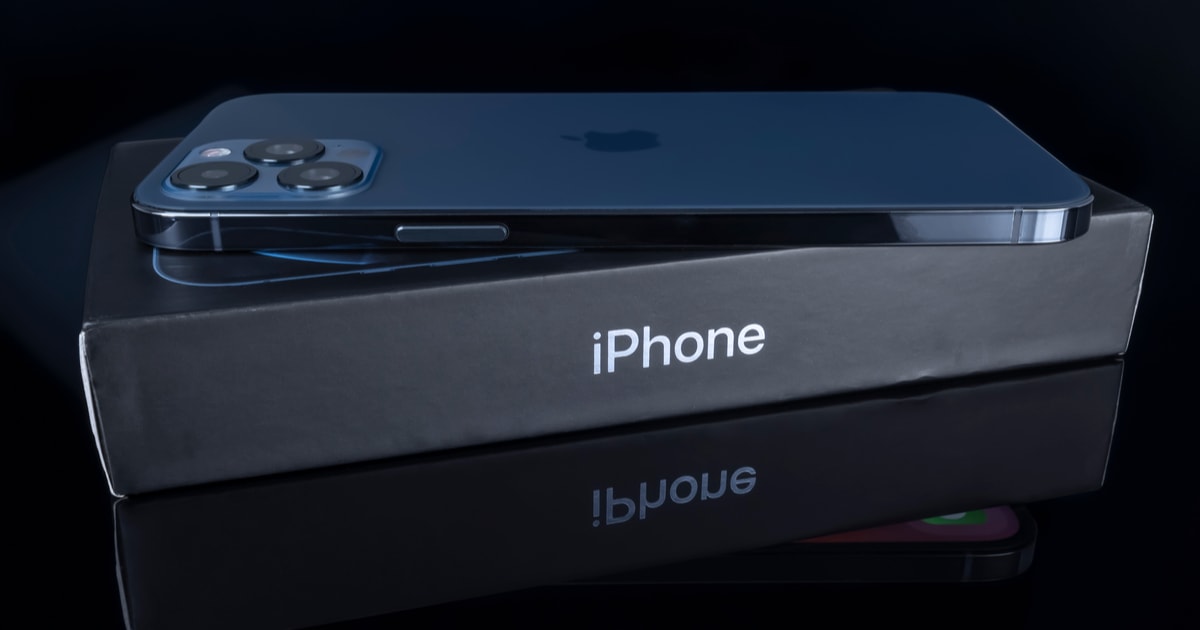Thanks to technology improvements, the iPhone 14 Pro could feature an always-on display. The necessary technology to offer this feature without killing the smartphone’s battery is already here, but Apple needs to adopt it. One well-connected display analyst believes the Cupertino-based company is poised to do just that with the iPhone 14 Pro.
Expanded Refresh Rate Variability Improves Battery Life
When Apple brought ProMotion to the iPhone 13 Pro lineup, it did so using LTPO panel technology. This type of display panel allows for a variable refresh rate (VRR), because it’s more efficient at turning individual pixels on and off. With the iPhone 13 Pro models, Apple has dialed VRR in between 10Hz and 120Hz. For something that’s pretty static, like when you’re reading an email or looking at a photograph, the refresh rate drops as low as 10Hz. When needed, like when watching a movie or scrolling quickly through a web page, it can ramp up as high as 120Hz.
Some LPTO panels are able to drop as low as 1Hz for static images or when the device is inactive. Samsung and Oppo already do that with some smartphone models. At that low of a refresh rate, the display is just barely sipping at the battery power. This allows for an always-on display while still maximizing battery life.
For an example in Cupertino’s current catalog, look no further than the Apple Watch Series 7. That model uses an LPTO display, too, but dials the refresh rate way back when it can. That’s why the wearable can offer an always-on display but still provide up to 18 hours of battery life.
Display Analyst Expects Next iPhone Pro Could Offer Always-On Display
Ross Young, a well-connected display analyst, thinks Apple is poised to offer the same always-on technology for the iPhone 14 Pro models. He believes the next generation of LPTO panels will be able to drop down to the 1Hz refresh rate.
This would allow the handset to offer the same always-on feature present in the Apple Watch Series 7. If Cupertino allows that feature to be turned on or off, as it does in watchOS, it may also allow much greater battery life instead.
